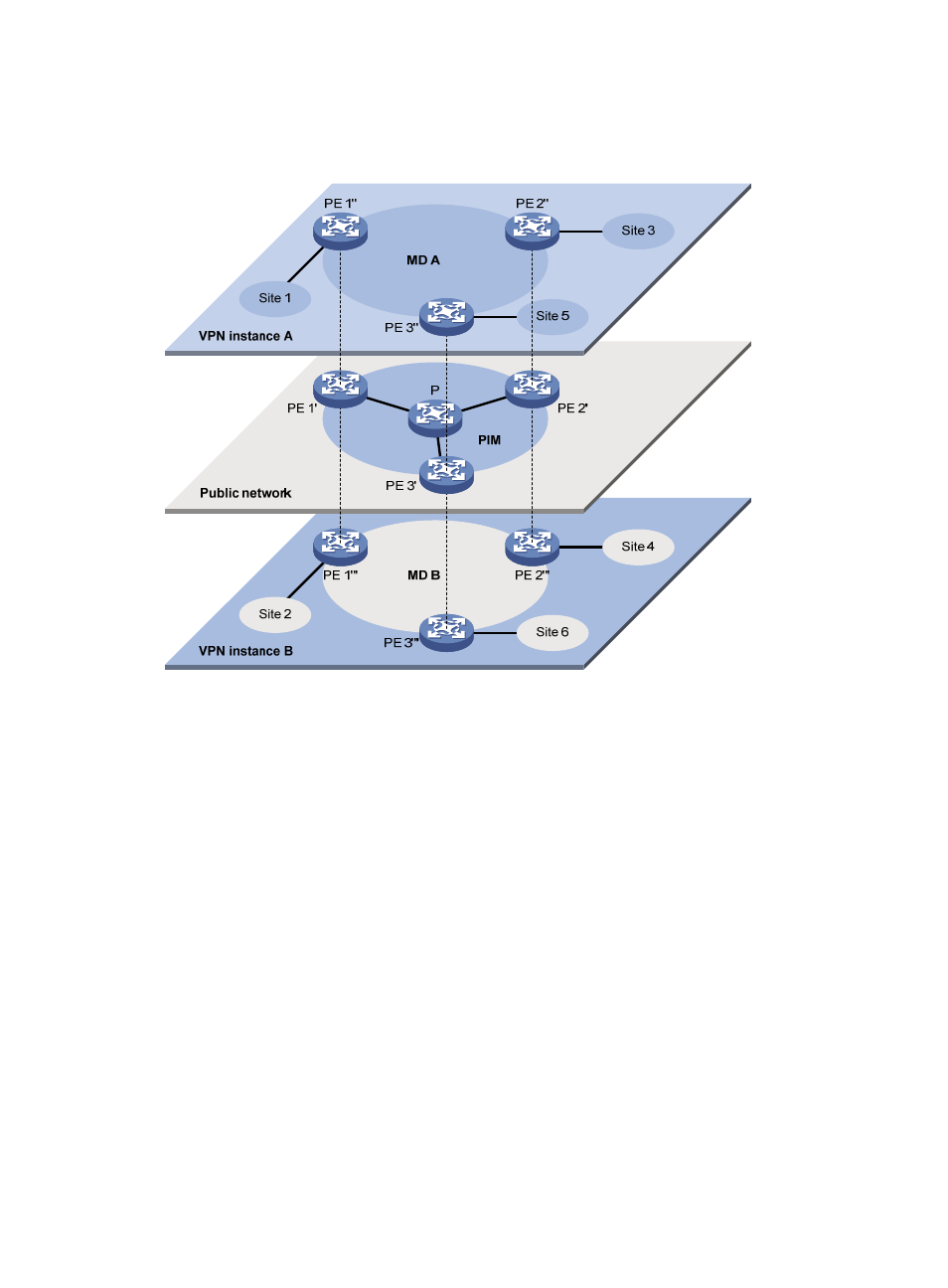Figure 65 – H3C Technologies H3C S12500 Series Switches User Manual
Page 255

239
independent virtual devices, which are PE 1’, PE 1", and PE 1’." Each virtual device works on a plane as
shown in
Figure 65 Multicast in multiple VPN instances
With multicast VPN, when a multicast source in VPN A sends a multicast stream to a multicast group, of
all possible receivers on the network for that group, only those that belong to VPN A (Site 1, Site 3, and
Site 5) can receive the multicast stream. The stream is multicast in these sites and on the public network.
The prerequisites for implementing multicast VPN are as follows:
1.
Within each site, multicast for a single VPN is supported.
2.
In the public network, multicast for the public network is supported.
3.
The PE devices support multiple VPN instances as follows:
{
The PE devices connect with different sites through VPNs and support multicast for each single
VPN.
{
The PE devices connect with the public network and support multicast for the public network.
{
The PE devices support information exchange and data conversion between the public network
and VPNs.
The switch implements multicast VPN by means of the multicast domain (MD) method. This multicast VPN
implementation is referred to as MD-VPN.
The most significant advantage of MD-VPN is that it requires only the PE devices to support multiple VPN
instances. Multicast VPN can be implemented without the need of upgrading any CE devices or P
devices, and without the need of changing the original PIM configuration of the CE devices or the P
devices. In other words, the MD-VPN solution is transparent to the CE devices and the P devices.